
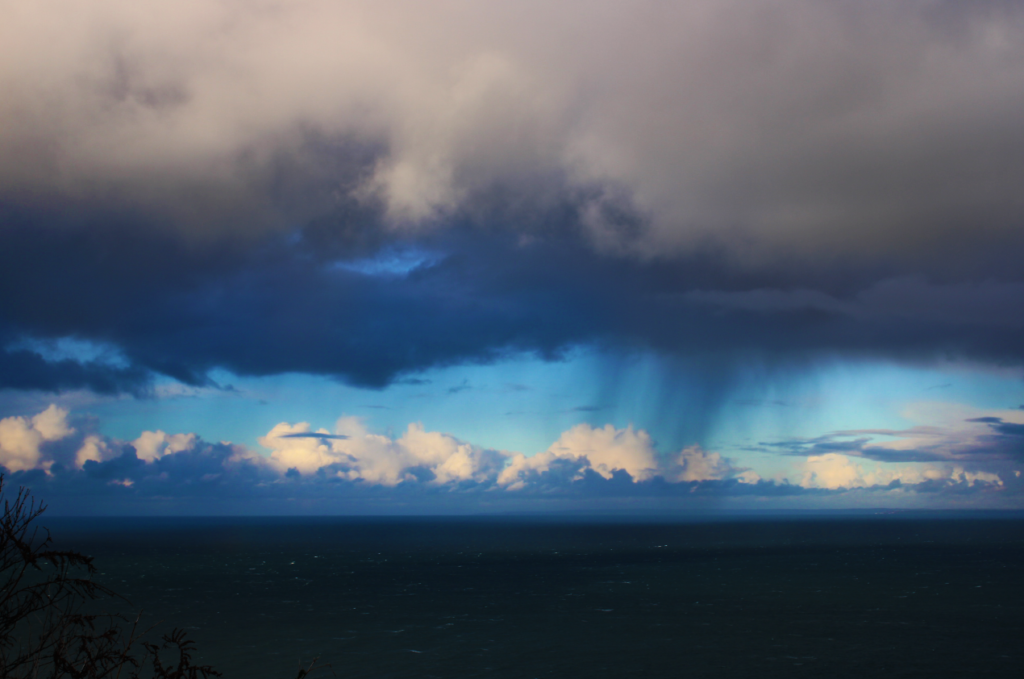
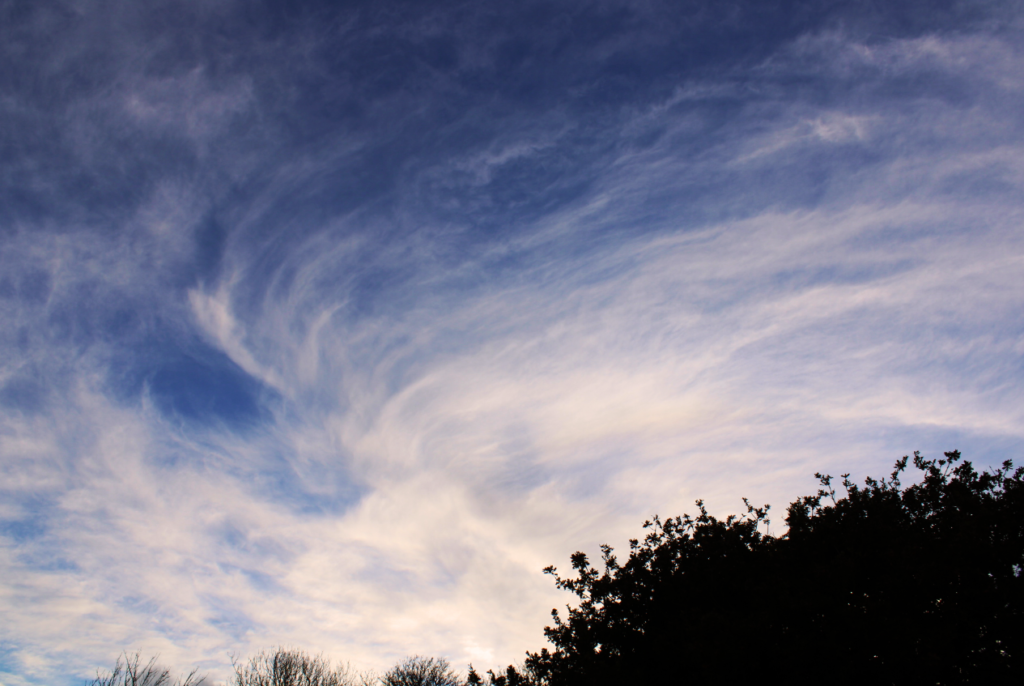
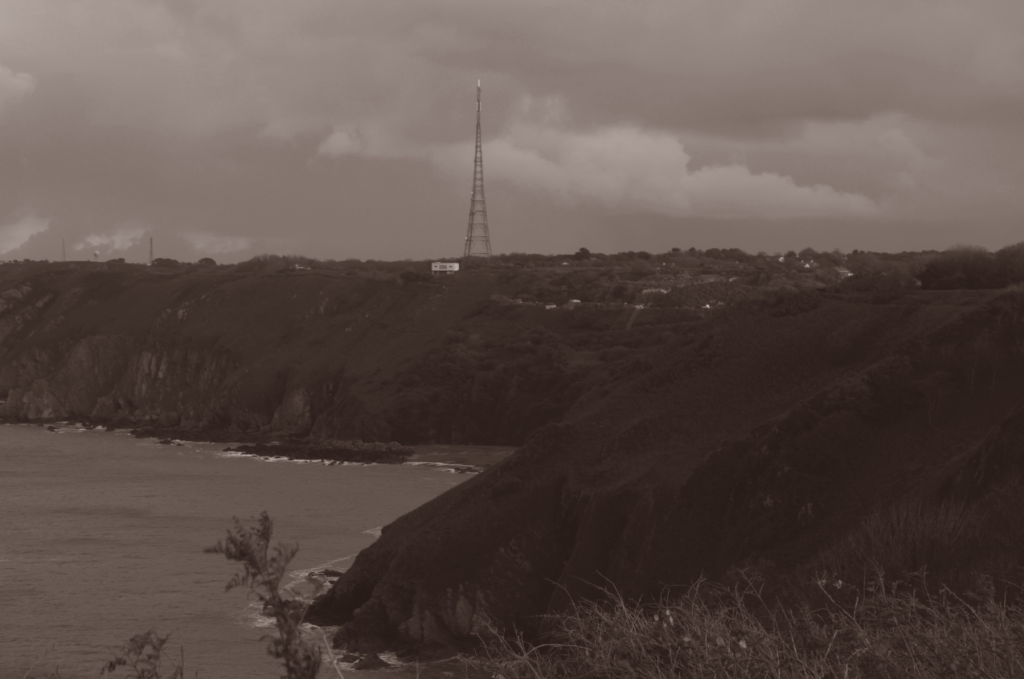
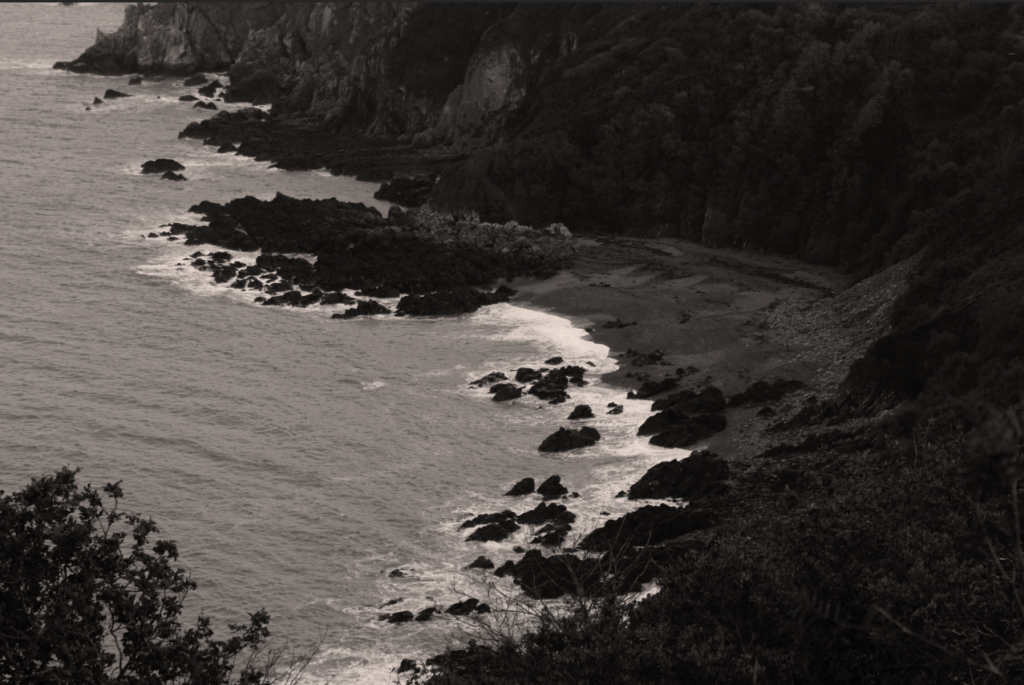





My images were mostly taken in the L’etacq area on a fairly cloudy afternoon. I don’t like the majority of these images however as unfortunately my ISO was too high resulting in an extreme lack of resolution. I will also include some images I have taken in other instances that respond well to this objective.






Who was he:
John Constable was an English artist who painted different landscapes in the romanticism era, focusing on the Suffolk countryside. He believed that painting was another word for feeling meaning that he was very passionate about painting and it was what he loved. John made some very famous paintings which were mainly sold in France when it was embraced over there. His work was also an inspiration to the Barbizon school. Within John’s work he included different styles such as freshness of light and touch of colour. His paintings had the aim to capture the ordinary life in that time period of farming, wild landscapes etc.
About the image:
In the image you can see there is some buildings which belonged to the people who the man in the photo worked for. This kind of work was very common int hose days, where most people worked for richer people, doing their jobs such as keeping their houses/ gardens in top condition etc. The painting was awarded a gold medal by Charles X at the Paris salon. It was later donated to the National Gallery in 1886.
Ansel Adams was an American landscape photographer and environmentalist known for his black-and-white images of the American West.
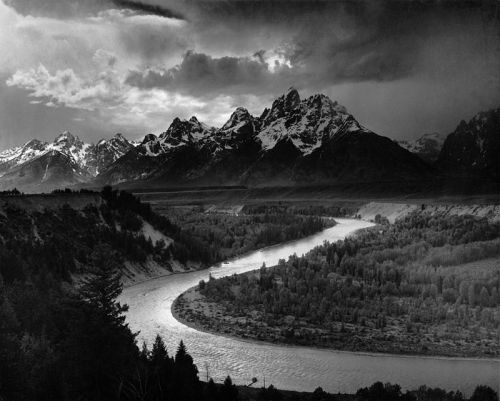
He helped an association of photographers advocating “pure” photography which favoured sharp focus and the use of the full tonal range of a photograph, this group was called group f/64. This stands for the smallest aperture achieved at a large format camera. which is a type of camera Ansel and his team were using at the time, the advantages of it is that it has incredible depth of field and huge amount of detail due to the size of the negative, and negatives is that it is heavy and would be difficult to carry it to some hidden places with interesting background, as well as the equipment that comes with it is heavy.

To ensure all the tonal values are represented in a photograph , he came up with the zone system, this system is said to make the “perfect” photograph and he would often make his photos darker then the original or the ones he would firstly take.

Zooming into one of his images to the point where it is so pixelated and the little coloured squares show a range of colours , where each square is a different shade of black&white, supporting his zone system.

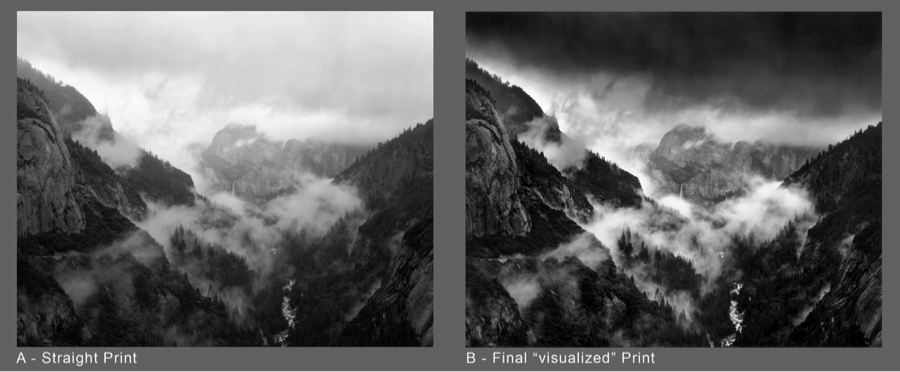
Ansel Adams is known also for his visualised images , he wanted the images to look just like he visualised them in his head, he noticed that what he saw with his own eyes did not look the same on the camera, therefore he experimented with the camera he had to achieve this image as the one in his mind.
With his camera he tried to make a photograph with a yellow filter yet this wasn’t an effect he wanted , he wanted to darken and exaggerate the shadows, so he changed the yellow filter to a red one. this might of been an image he saw with his eyes but not what he saw in his head.

I have researched history behind one of his most famous images through https://www.anseladams.com/story-behind-the-image-monolith-the-face-of-half-dome/. On a spring morning of April 10th, 1927, Ansel Adams set out along Yosemite’s LeConte Gully to capture an image of the face of Half Dome, one of Yosemite National Park’s most iconic natural features. As a teenager he was working as the keeper of the Sierra Club’s nearby lodge in Yosemite Valley. He and his friends decided to take on a hike to capture the beauty of the Yosemite national Park. This journey was very life changing for Ansel as he just recently realised he started to drift from the musician profession he had, into photography. The photograph he made, shows the mountain rising from an ink-black sky, its face illuminated by a dazzling midday sun just out of frame. Like i said before, Ansel initially made an exposure using a yellow filter, he immediately swapped that for a dark red filter, which darkened the sky and produced the deep shadows and bright light we can see in the final image. It was a startling expression of emotion and drama from the young photographer, and its technical excellence and artistic mastery would soon launch Adams’ career as one of the finest commercial and fine-art photographers of the 20th century.
Personally i wanted to educate myself on his work as his images have a mystery behind them and aren’t just simple block&white images. if the images were taken now this effect would be achievable through editing and adjusting exposure, darkness, shadows, brightness etc. However whats so amazing is that he achieved this by changing a colour that he put over the lens. it his experimentation that i find ambitious and determination to achieve the exact image that he inspires to, and wont give up until he produces exactly that.
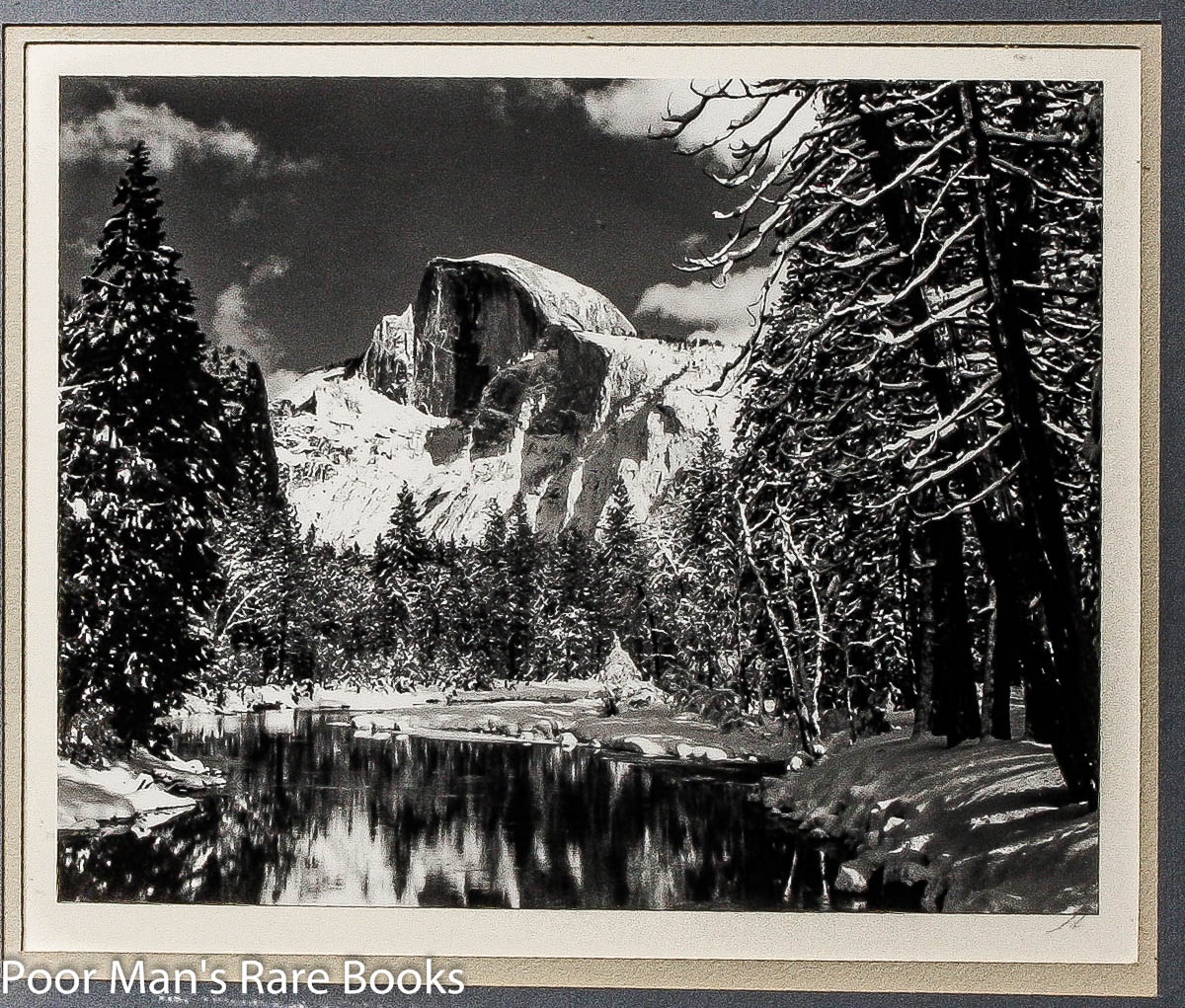
Like with the above image, which is a perfect example of Ansel’s work. looking at this image although it is in black&white so many tones are displayed, these tones are balanced and this is what makes the image make sense on its own. if the photograph was in colour a lot of colours would be seen, he not only decided to photograph an interesting location but chose a very good time of day where the sun is coming from the right making sharp highlights within the image. as the image is darker then usual, meaning to achieve this effect, today there would have to be a dramatic exaggeration of the shadows and dark areas. This effect creates an interesting image that relates to the idea of the sublime, where it may scare but amaze, create that terror and awe.
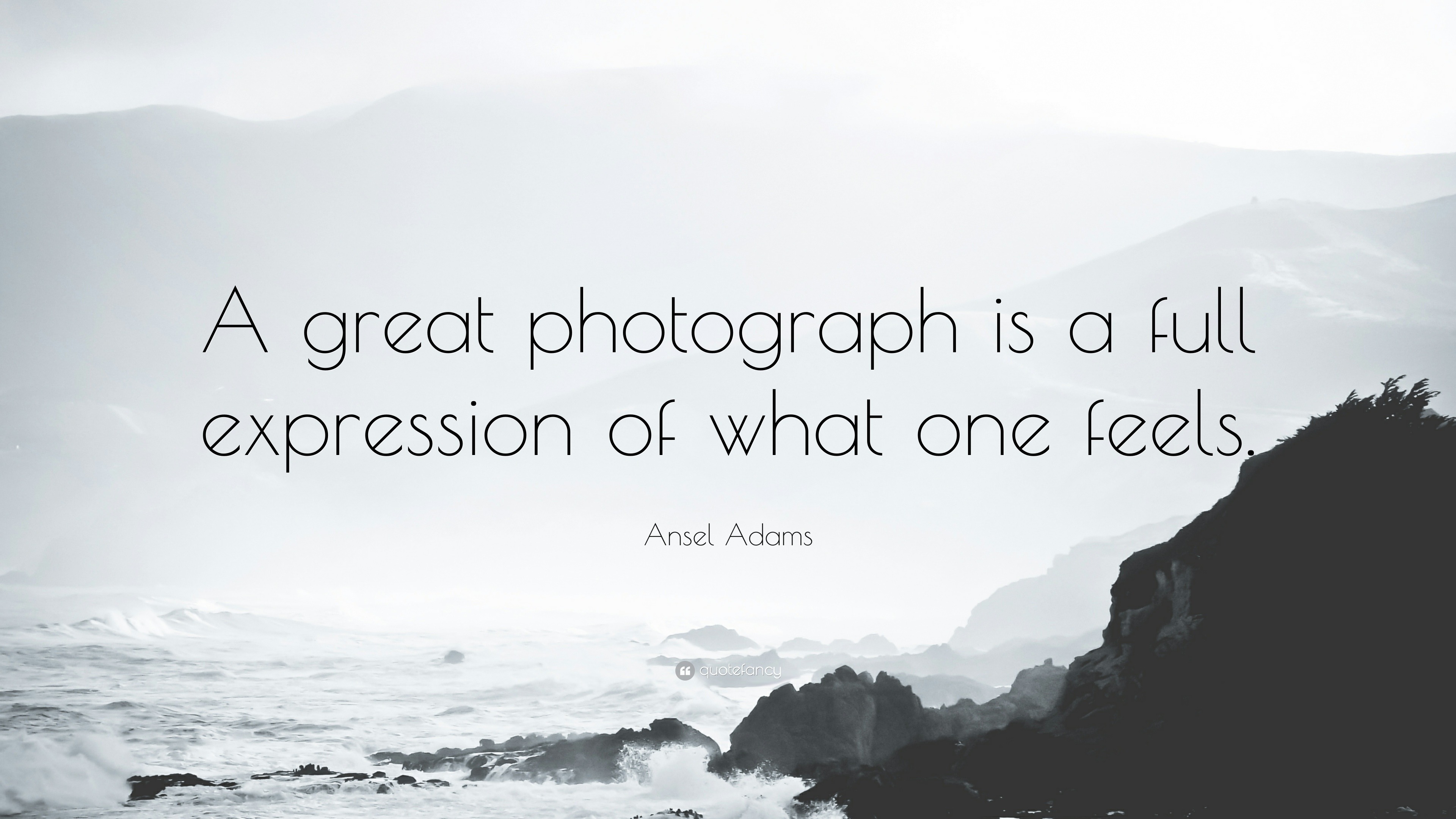
As Ansel Adams was a revolutionary photographer that came up with many strategies for photography one of being the zone system, however being such a great photographer he also said inspirational quotes such as the one above. There are many other quotes but I have decided to talk about this one as it is the most personal to me and I think it has a deeper meaning. I think this quote relates a lot to his work the most as because the idea of visualisation behind each image frames the quote. “expression of one feels” to me defines the art of photography and what photography in my opinion should stand for, it should encourage people to express themselves, to be creative, in a way to show emotion and what a person feels or felt when making the photograph. That’s why he defines photography as being an expression of what one feels as to him this is very important element of photography, to be able to show his visualisation, feelings or the way his mind works through his photographs.


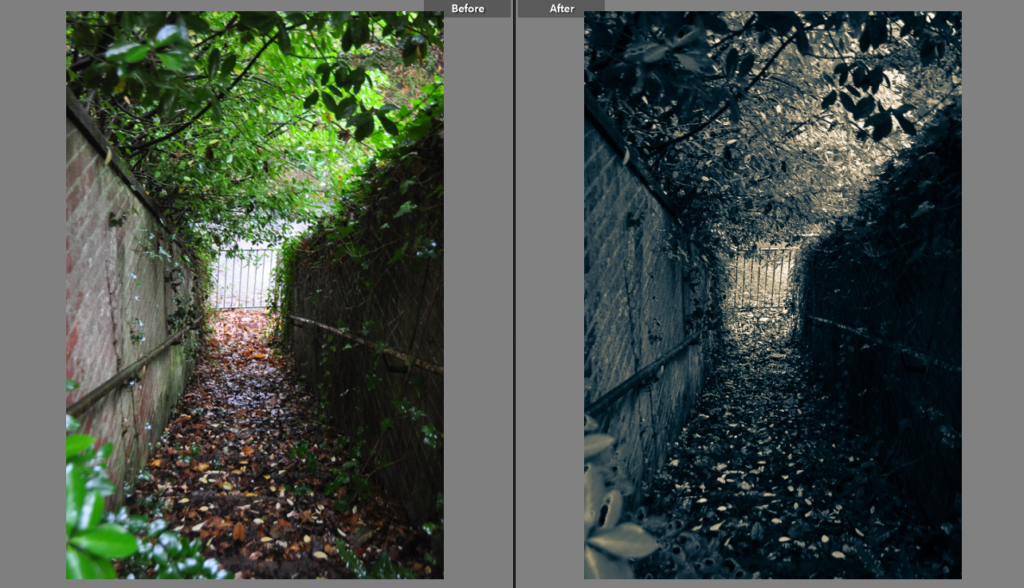



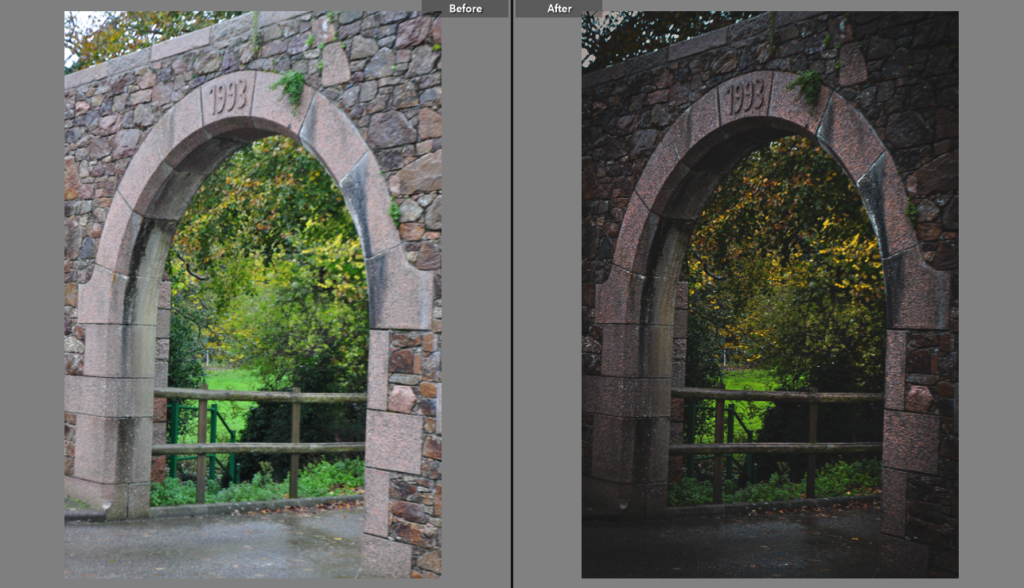

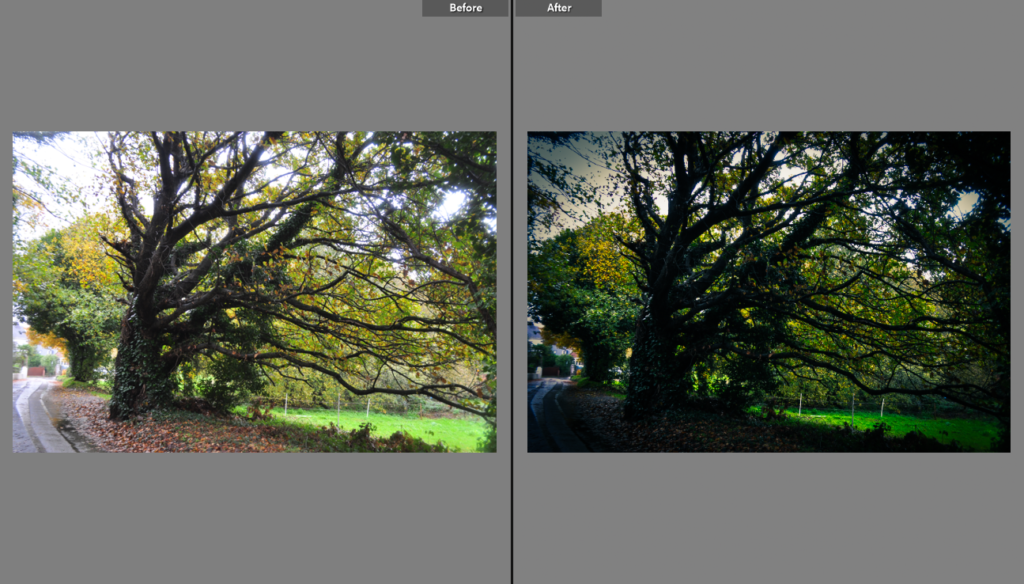
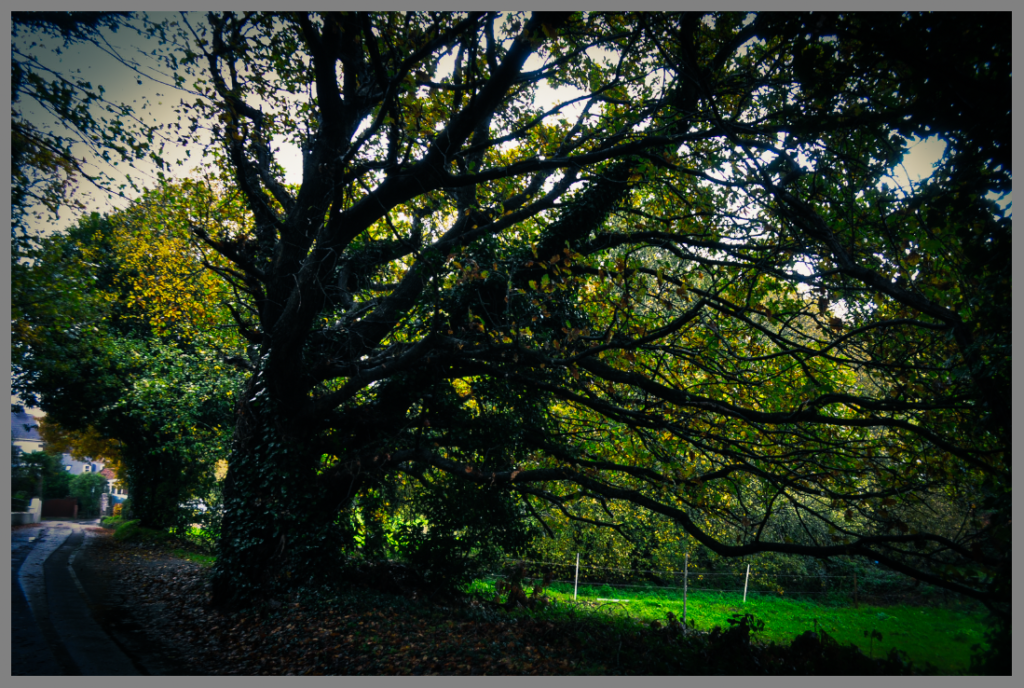
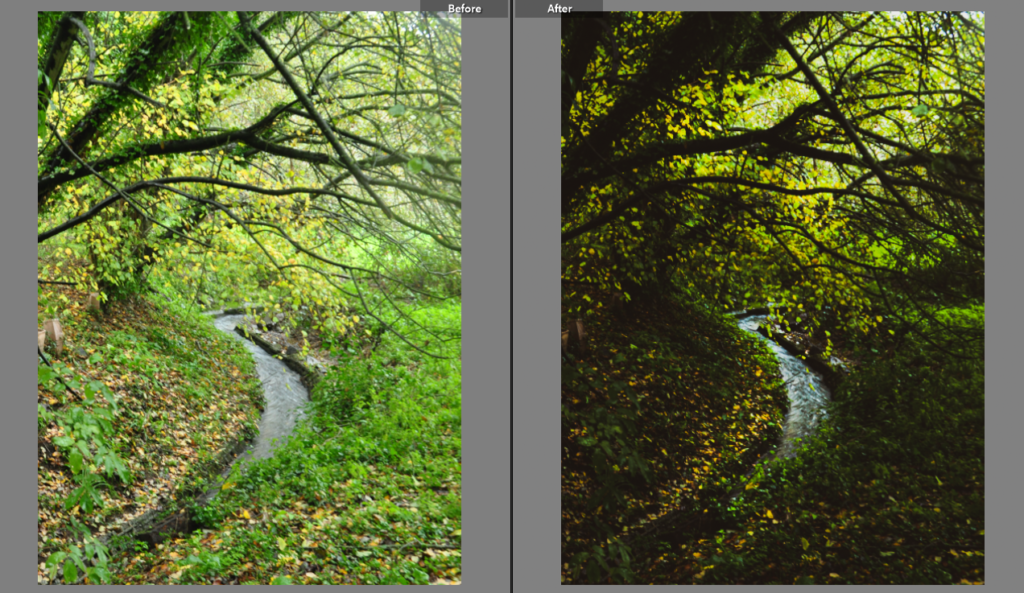



I created these edits in Lightroom, using a range of different editing techniques as well as applying different filters for different effects.

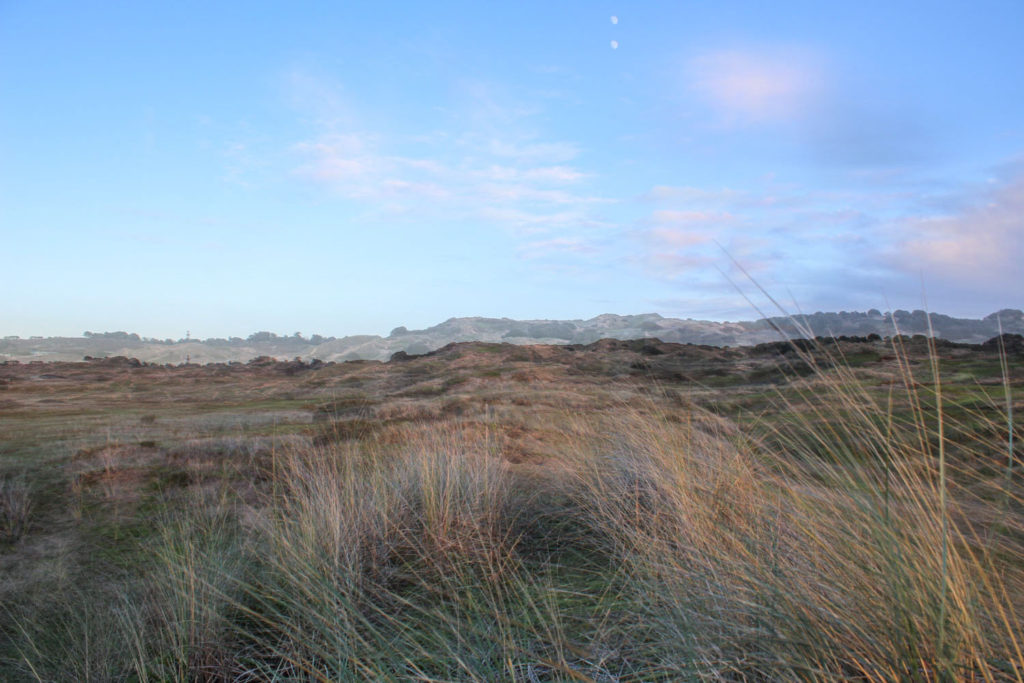
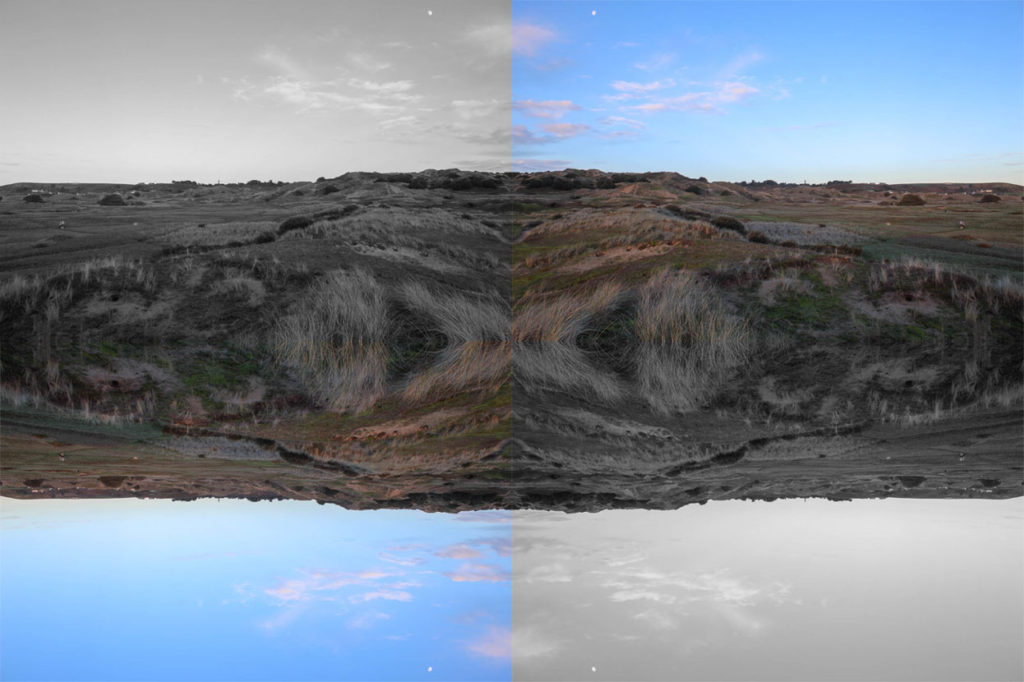
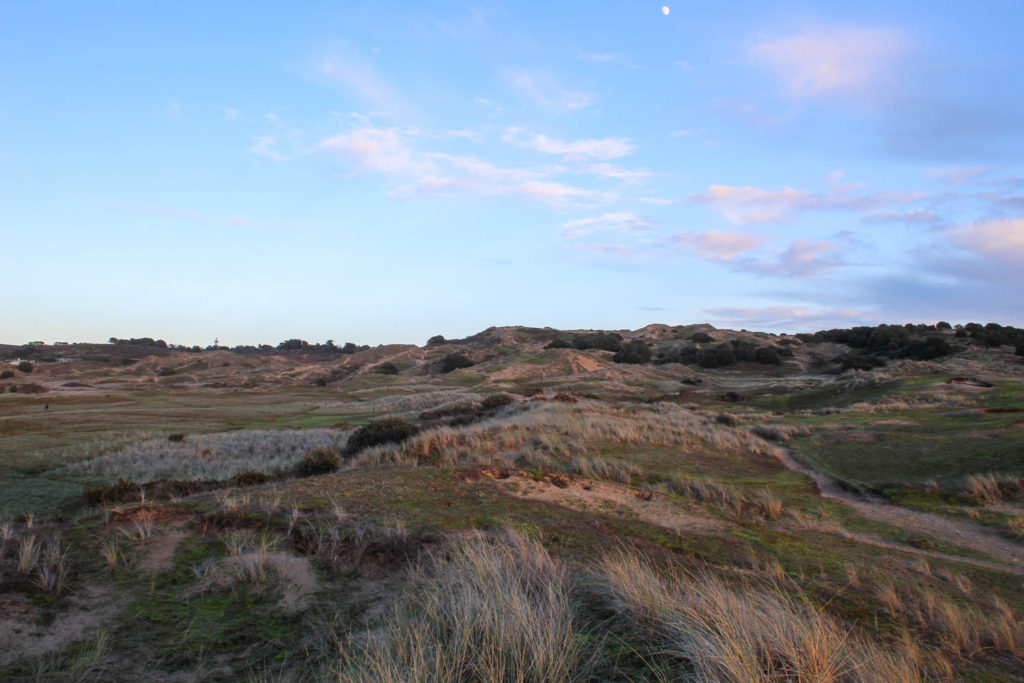
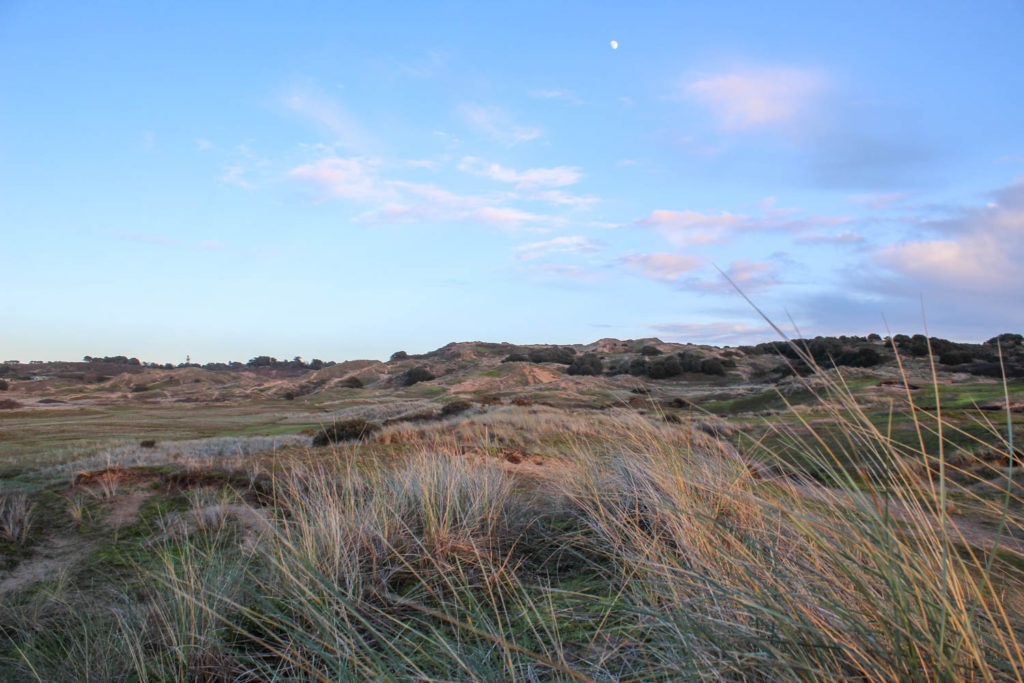
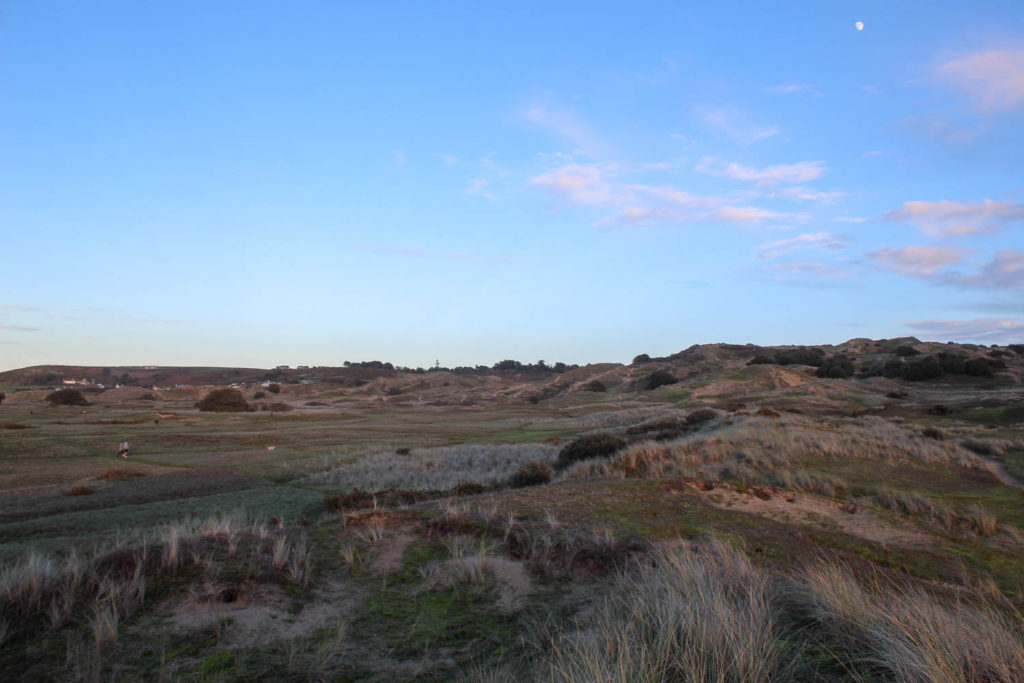


..


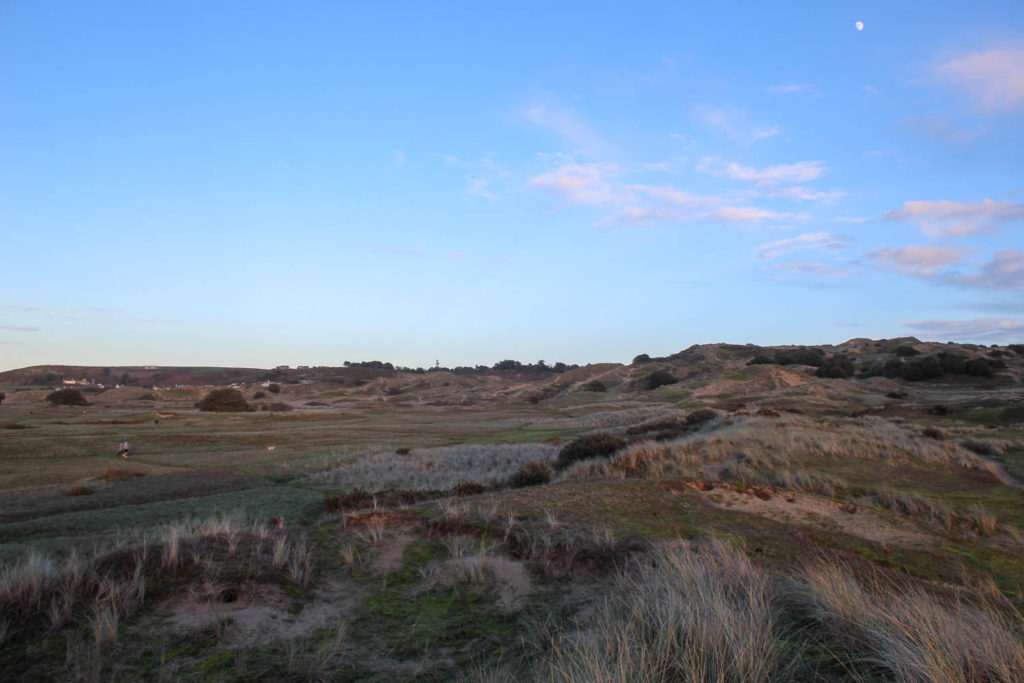

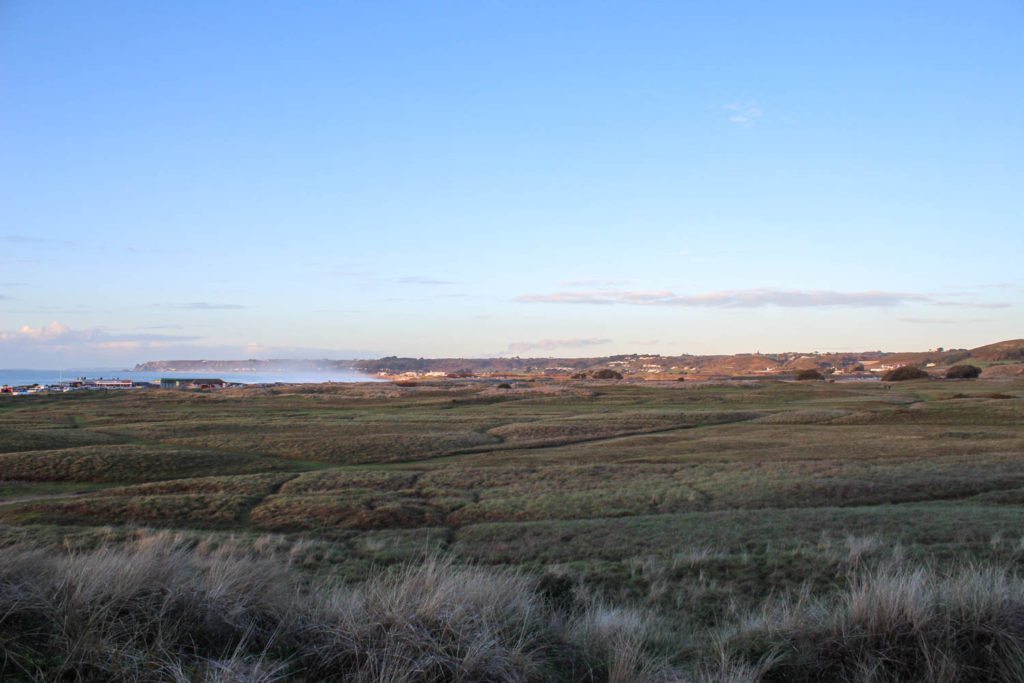
Image selection
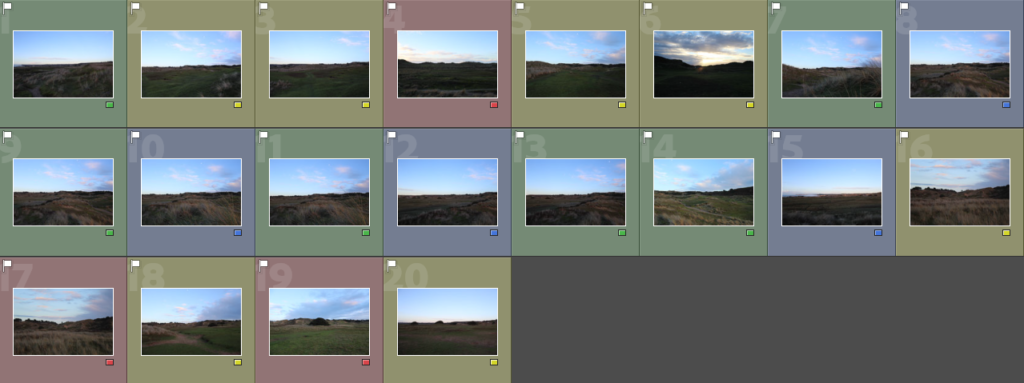

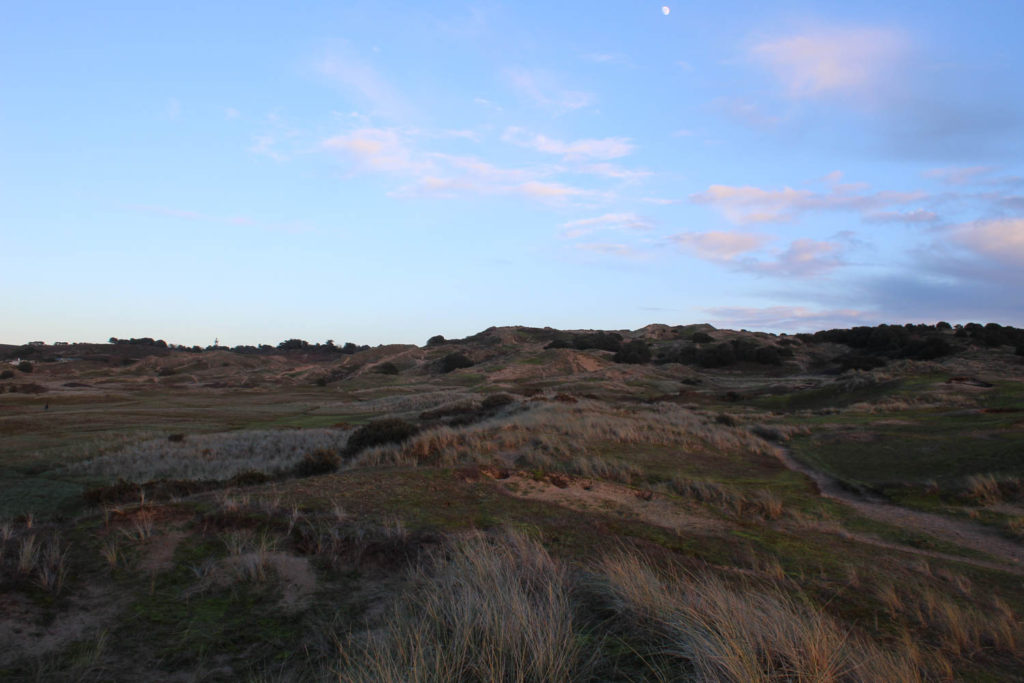

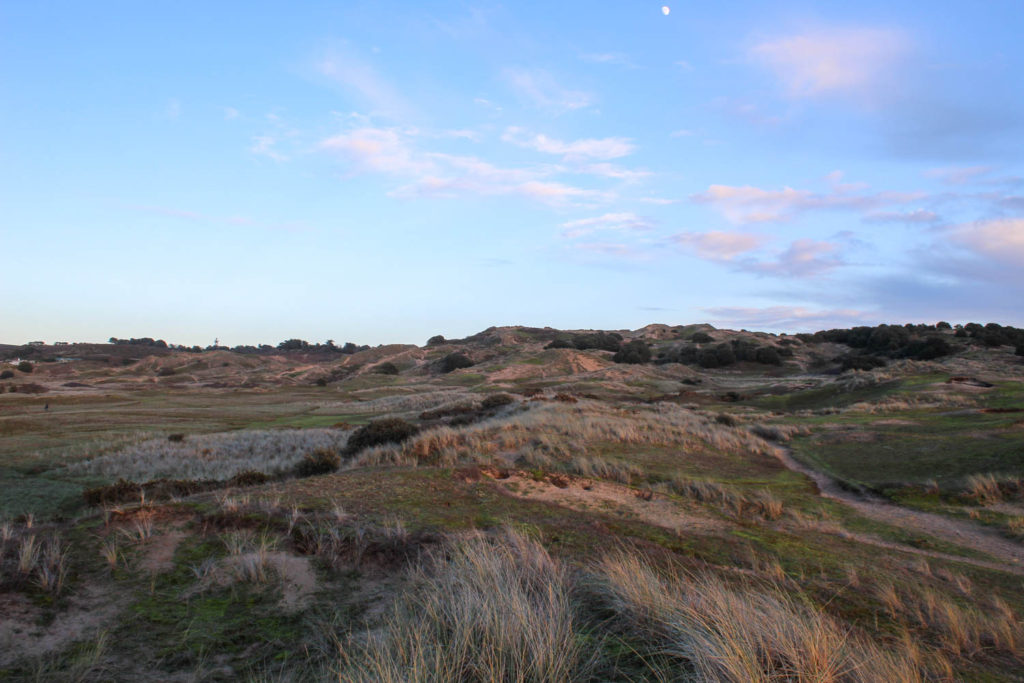




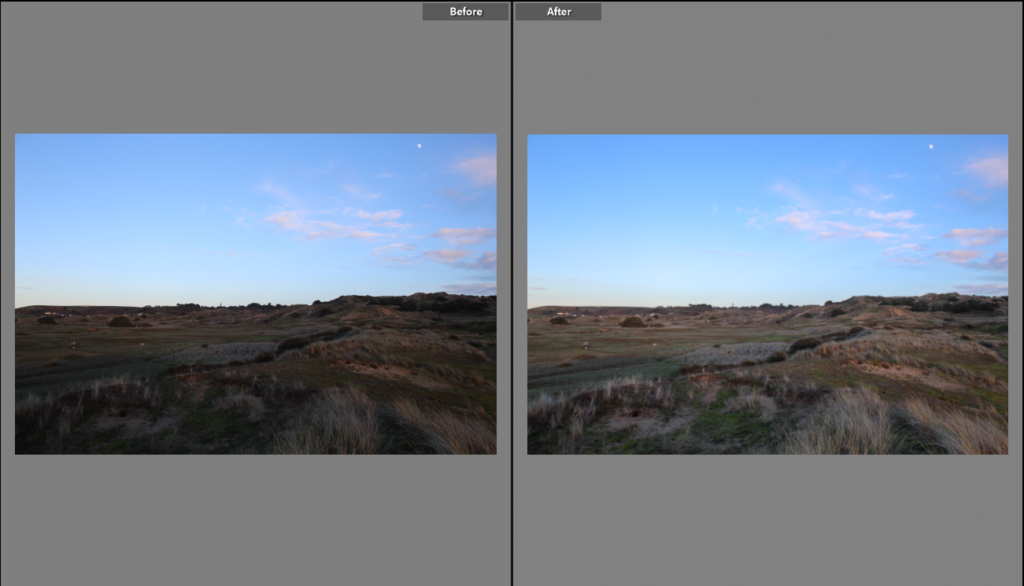
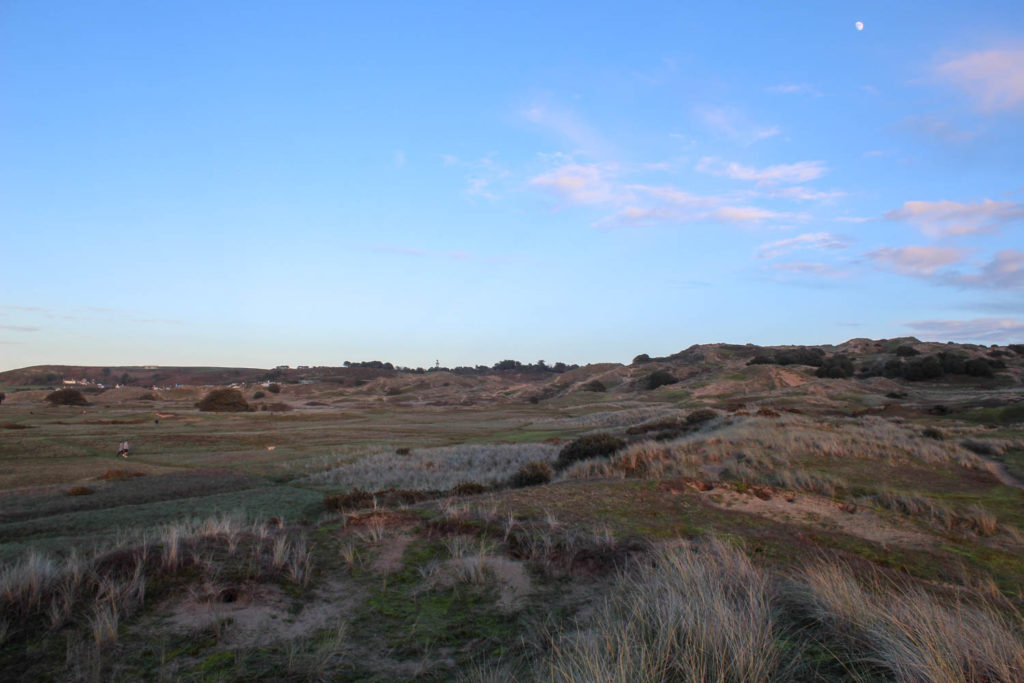
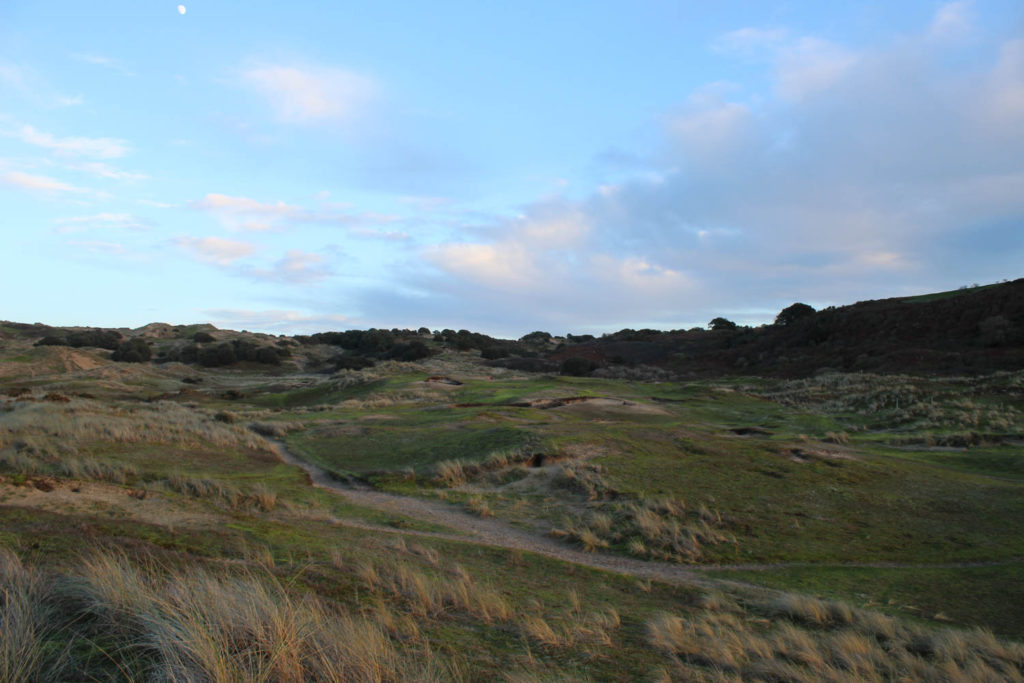
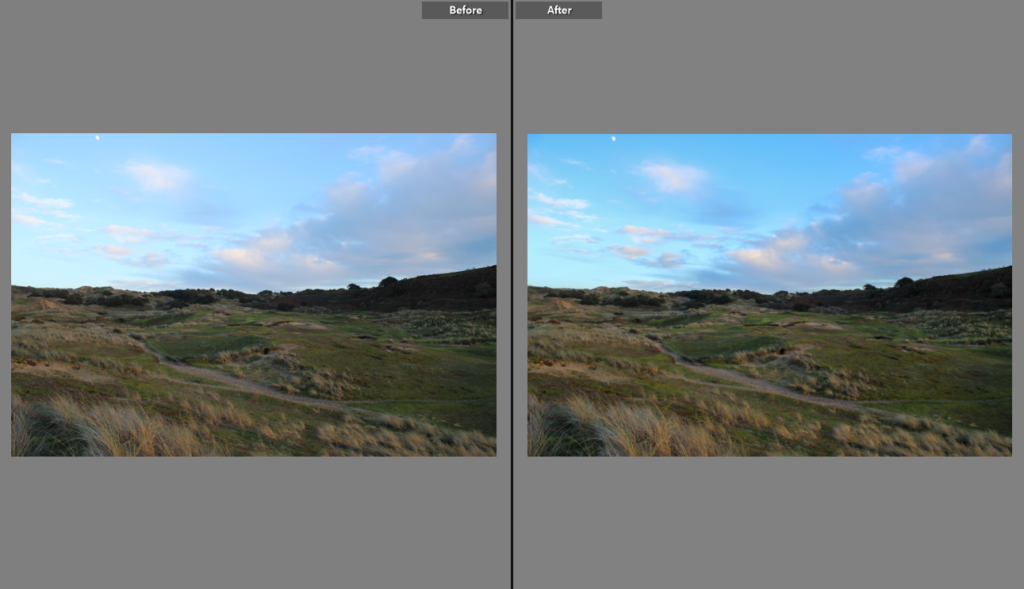




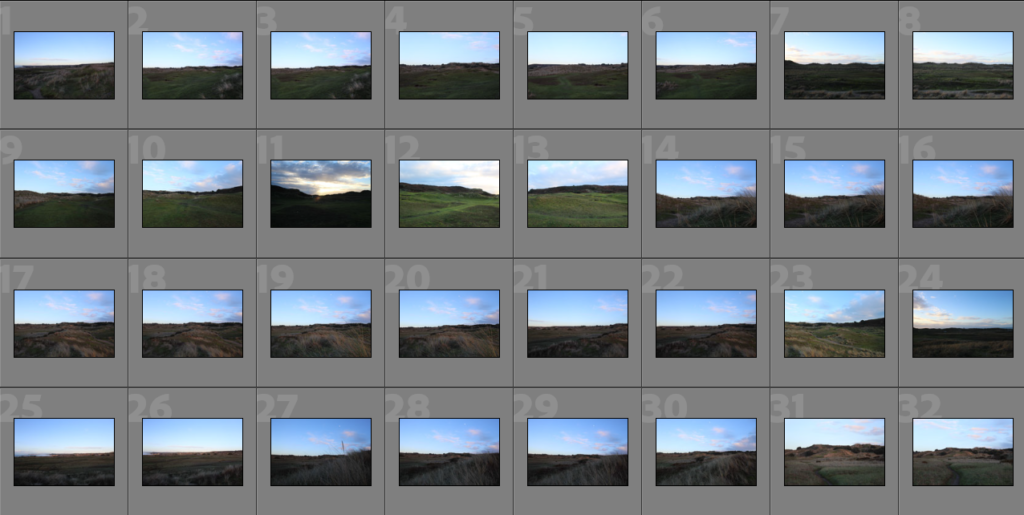

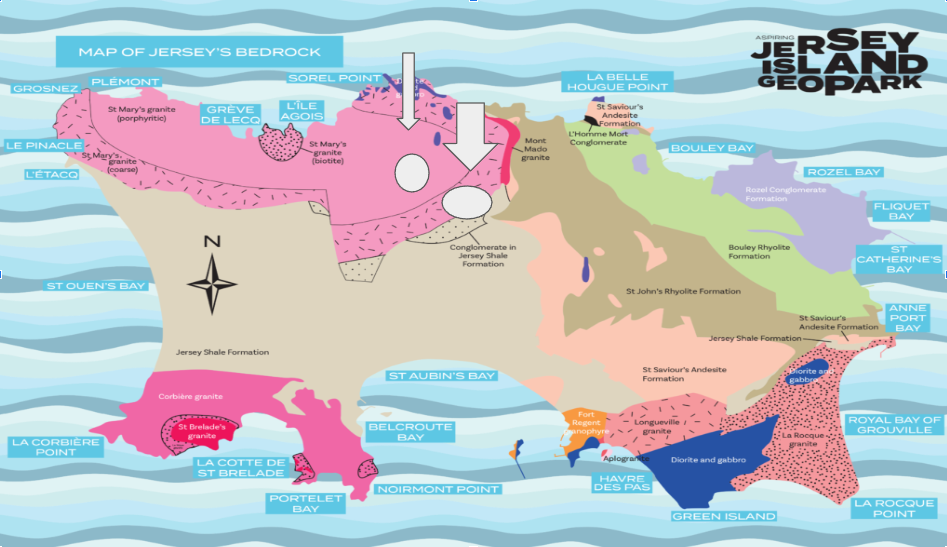
In the areas I have circled I am going to take pictures around some lanes and fields which are in St Lawrence.
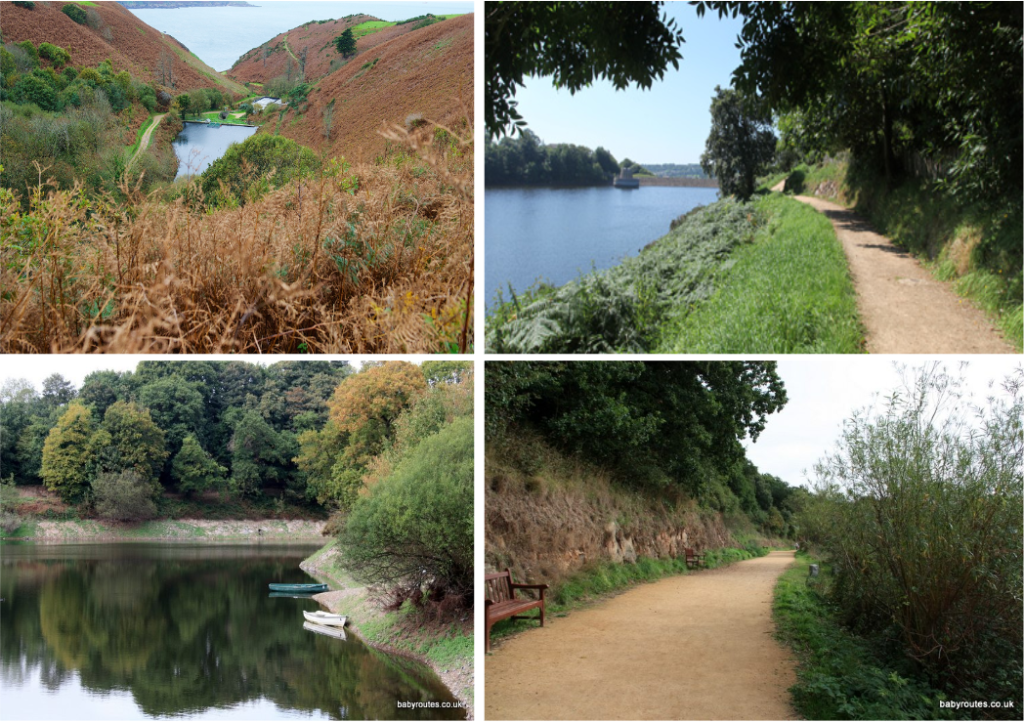
The images above are taken of different lanes in Jersey.
I am going to be taking photos of natural landscapes such as fields, Lanes and woods. while trying to avoid man made objects such as houses and cars. I am also going to try and avoid capturing people in my photos up close. I am going to make 2 sets of images inspired by both Ansel Adams and Josef Schultz, Another aspect which will help determine my decision is what the weather is like, If the weather is windy and raining I will be able to capture more lively and chaotic pictures due the trees moving. On a bright day I would be able to capture more light which would differ the colour of the picture.